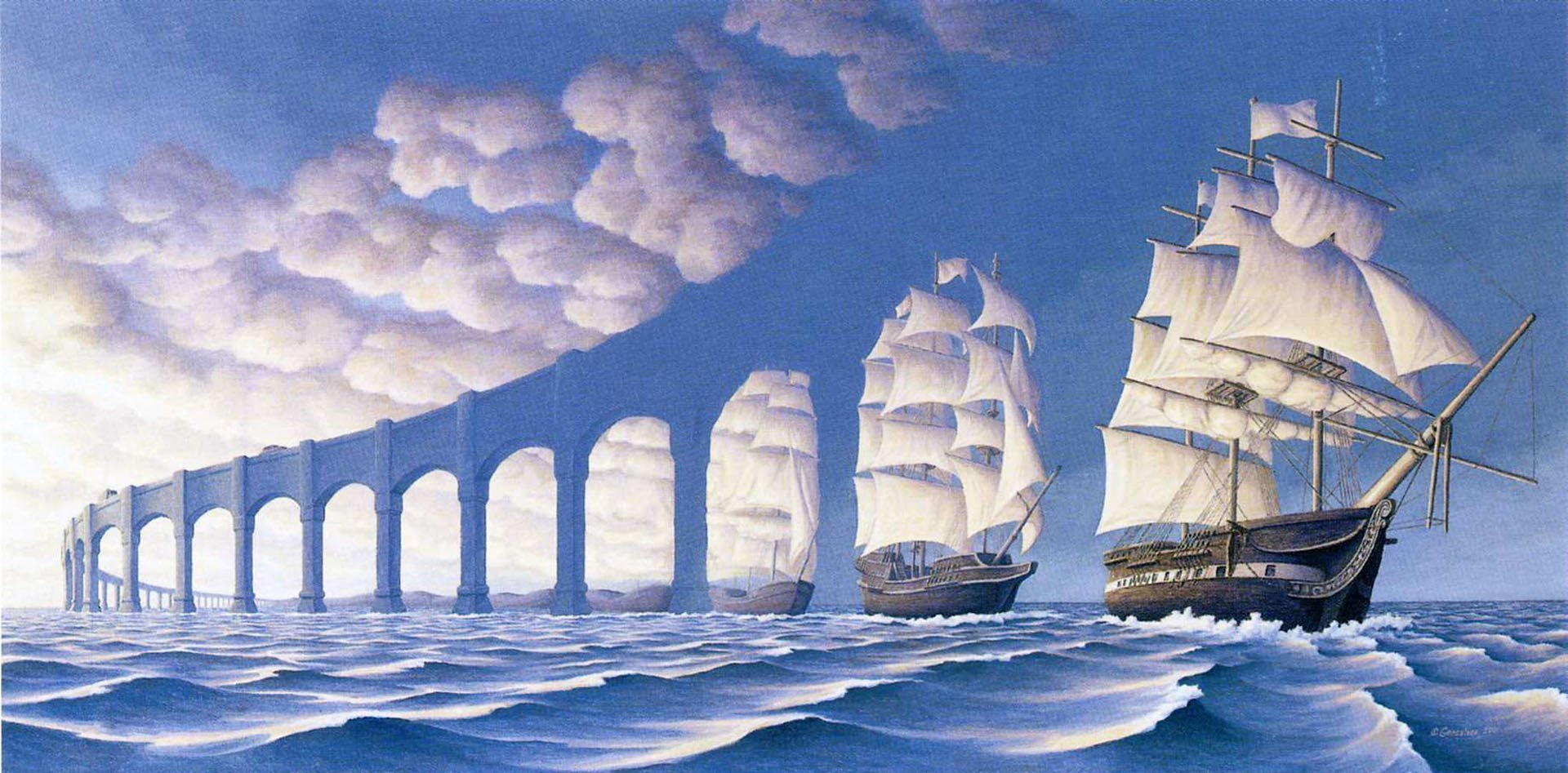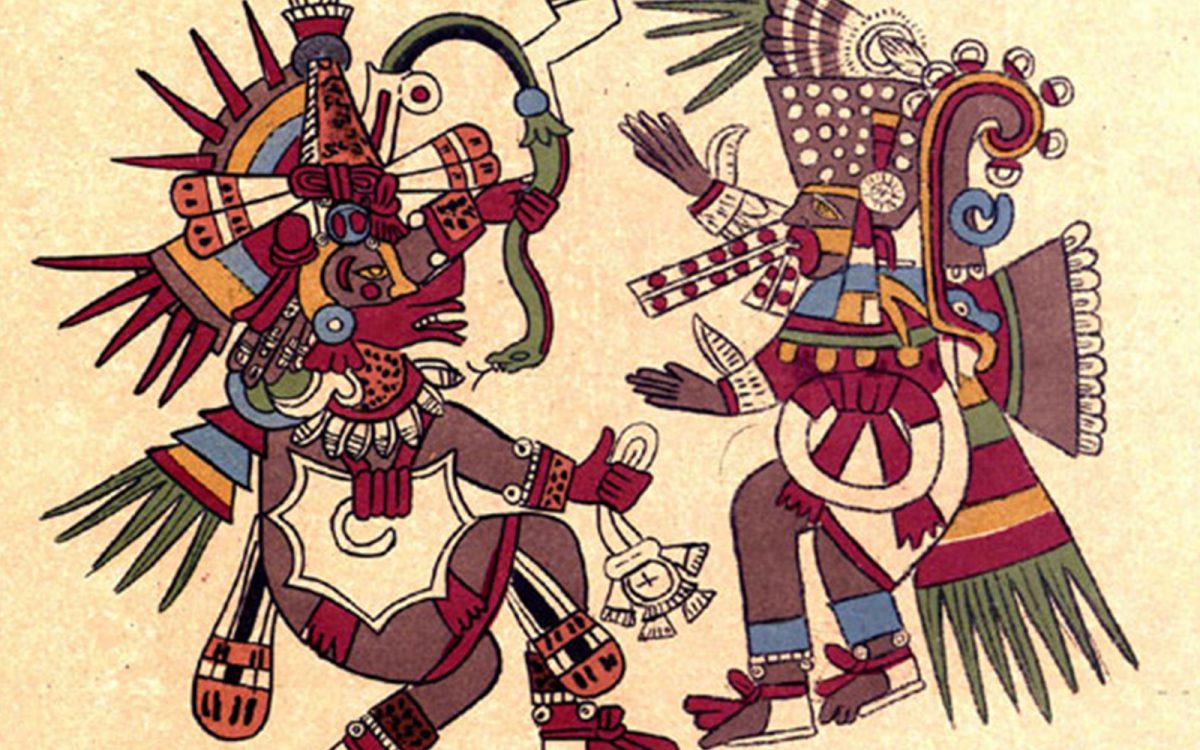Magical realism was a literary and pictorial movement belonging to the XNUMXth century, in which it was attempted to present the fictitious or fanciful as something from everyday life. With his arrival, the purpose of the works was no longer to provoke emotions in the public, but rather to express them by their creators. In this article we will give you all the necessary information so that you have knowledge about the characteristics of magical realism, its origin, what were its greatest exponents and much more.

What is Magical Realism?
Magical realism is a literary genre from the XNUMXth century, in which the fantastic or eccentric is exposed as an everyday event. It works as a narration based on the detailed observation of reality, including the extravagances and peculiarities found within it. Although the concept is better known in the literary field, magical realism also served to create an artistic current of pictorial style.
Since its appearance, many authors have been responsible for giving it much more recognition, such as; Isabel Allende, Gabriel García Márquez, Julio Cortázar, Laura Esquivel, among others. These have been in charge of giving the public stories where facts of reality are exceptionally combined with fantasy. They do it in such an excellent way that readers have a hard time differentiating when the change of tone takes place, it makes it seem that the protagonists take for granted the veracity of the events raised.
According to the Venezuelan polymath Arturo Uslar Pietri, this genre emerged as a response to traditional Latin American literature influenced by currents such as romanticism, modernism and costumbrismo. The author affirms that these currents did not serve to explain the complex universe of the Hispano-American reality.
In addition, he explains that its appearance did not mean the arrival of a new trend in writing, but rather a way of recognizing what the culture of the region is like through utopian but at the same time real events. With the rise of magical realism, the escapist fantasy of modernist aesthetics began to be questioned, as was the picturesqueness of all costumbrista literature.
Features
Being a genre of literature itself, magical realism has a good number of characteristics that define it. These are quite varied and can be different depending on each text and style of the author. Not all famous works have each of the characteristics that we will mention, however, some do have those that are pigeonholed within the genre. Among the most prominent are:
Fusion between the ordinary and the fantastic
All the works that are classified as magical realism texts have an excellent hybridity that catches the reader. In them, the contexts are surrounded by fantasy but with characters from reality or, they can be real contexts with fantastic characters. Generally, this is not emphasized, that is, it is not explained which things have a fantastic connotation and which do not, only the perception of each person is what matters. The author has an impressive freedom to develop the stories.
Each of the magical elements embodied in the books, the characters perceive them as authentic. Even the texts encourage what is written to be perceived sensorially by the readers. The linguistic expression must be diaphanous and concise, therefore, the descriptions are usually detailed and of current elements and known by the public.
The realistic-fantastic tone is present in fables and popular tales of great social relevance for the contemporary history of Latin America. An example of this, how amazing it is in the world that Gabriel García Márquez revealed to us in “One Hundred Years of Solitude”.
dream stories
Usually, the plots that are presented in the works unfold on the plane of the dream. In other words, the stories that are narrated in the text usually begin to develop from the dreams that the protagonists have, favoring an attractive setting to capture the reader.
Satirization of the human condition
In magical realism it is very common to observe that the authors satirize the human being to show the chiaroscuro of their characters. As we already mentioned, the magical elements that are exposed work to understand the essence of human emotions; from love, to society and hate become something tangible. The stories can vary in their levels of satire, some more subtle than others, but basically all of them are practiced.
Multiple existence of narrators
In the vast majority of the stories of Latin American magical realism, the use of the first, second and third person is used in the narrations. On occasion, he even alternates between them, throughout the narrative. The author has a wide free will to do what he thinks best, because the reader will also understand what is being narrated.
Use of mythology
Mythology is part of the components that make up this genre, its use is very frequent, since it gives the plot an excellent exotic nuance but at the same time native, depending on the nationality of the person who is reading the text. In fact, it should be noted that this mythology is usually of Latin American origin, since its authors are steeped in it since childhood.
language embellishment
The language is always intended to embellish in magical realism, its creators tend to use poetic language for greater fluidity and composition. That is, metaphor and hyperbole are often used in order to better convey the feelings and emotions of the characters. In this way, an internal verisimilitude will be provided to the unreal elements.
Predominance of poor and marginalized environments
The predominance of poor or at least marginalized environments is very latent in these works. The authors of magical realism usually make their stories around sectors that have been excluded and have limited resources. This is because they want the people who read their books to learn about other realities outside of them, in addition to giving a position on the social injustices of the region, turning gender into an ideal means to carry out social and political criticism.
Absence of linear narrative structure
At this point, the authors have no restrictions of any kind, the time of the story is extremely moldable. Generally, the narrative structure does not happen in a linear way, it is distorted and cyclical, which is why magical realism is attractive to many readers. In the plots presented, the protagonists return to the past, present and future constantly.
Main authors and works
By then there were many authors who plunged into the movement, however, only a few were the ones who stood out. Among the greatest exponents of magical realism, the following could be highlighted:
- Miguel Angel Asturias Rosales (1899-1974): He was a Guatemalan writer, journalist and diplomat. He is considered one of the authors of the region who contributed the most to the development of Latin American literature of the 1946th century. Throughout his life, Asturias was in charge of highlighting the indigenous cultures of Latin America. His most famous works are "Mr. President" (1949) and "Men of corn" (XNUMX).
- Alejo Carpentier (1904-1980): He was a Cuban nationalized Swiss writer, journalist and musicologist. Throughout his career, he considerably influenced Latin American literature, as he implemented innovative literary styles such as Real Marvelous and Neo-baroque in his works. Critics consider him one of the fundamental writers of the 1949th century in the Spanish language. Among his most important works are: "The kingdom of this world" (1953), "The lost steps" (1974) and "Baroque concert" (XNUMX)
- Arturo Uslar Pietri (1906-2001): Venezuelan polymath; he served as a writer, journalist, philosopher, lawyer, politician and television producer. To this day, for Venezuela he is one of the most influential intellectuals of the XNUMXth century. Uslar Pietri was in charge of coining the term magical realism in the literature of that time. His most recognized writings were: "The red spears" (and "The rain").
- Elena Garro (1916-1998): Elena Delfina Garro Navarro was a Mexican novelist, screenwriter, short story writer, playwright and journalist. Although she did not like it and even called it a mercantilist label, she usually associates much of her literary work with magical realism. Garro is considered one of the forerunners of the renewal of fantasy literature. She is known in her homeland and in other regions for "Memories of the future" (1963) and "The week of colors" (1964).
- Juan Rulfo (1917-1986): He not only worked as a writer, Juan Rulfo was an exceptional Mexican screenwriter and producer, belonging to the generation of 52. The reputation of said author arose from his two largest narrative works; "El llano en llamas" (1953) and "Pedro Páramo" (1955), both signified for Rulfo his transcendence in the magical realism movement. As with Elena Garro, his works are considered the turning point of Aztec literature.
- Gabriel Garcia Marquez (1927-2014): Gabriel José de la Concordia García Márquez, better known as Gabo, was a well-known Colombian writer, screenwriter, journalist, screenwriter and editor in Latin America and the rest of the world. For this reason, he was awarded the Nobel Prize for Literature in 1982. His relationship with magical realism is only inherent, because his famous work "One Hundred Years of Solitude" reflects the movement in all aspects. He also wrote other highly influential ones such as "The colonel has no one to write to him" (1961) and "Love in the time of cholera" (1985).

